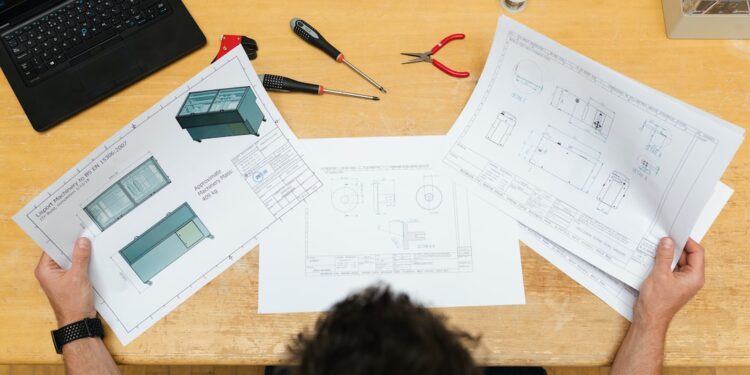Demystifying Mechatronics: The Intersection of Engineering and Technology
In today’s rapidly advancing technological landscape, it’s becoming increasingly important to understand the fusion between engineering and technology. One field that perfectly exemplifies this combination is mechatronics. The term itself may sound complex and unfamiliar, but its concept is quite simple – it involves the integration of mechanical engineering, electronics, control engineering, and computer science to create innovative and highly efficient systems.
Mechatronics is all around us, from the smart devices we use daily, such as smartphones and wearables, to advanced industrial automation systems found in factories. This field is focused on developing and implementing intelligent systems that can sense, process information, make decisions, and perform physical actions through a combination of mechanical and electronic components.
To understand the significance of mechatronics, let’s take a closer look at its key components:
1. Mechanical Engineering: This is the branch of engineering that focuses on the design, analysis, and manufacturing of mechanical systems. In mechatronics, mechanical engineering involves creating and optimizing physical structures, such as robotic arms or automated assembly lines, to perform tasks accurately and efficiently.
2. Electronics: This component involves the study of electronic circuits and systems, including the design and implementation of electronic components and circuits. In mechatronics, electronics play a vital role in providing sensors, actuators, and controllers that enable machines to interact with their environment and perform tasks autonomously.
3. Control Engineering: Control systems are at the heart of mechatronics, as they ensure that machines operate smoothly and accurately. This field involves designing algorithms and control systems that can regulate and manipulate the behavior of machines by continuously measuring outputs, comparing them to desired performance, and adjusting accordingly.
4. Computer Science: Computers are essential in mechatronic systems, as they are responsible for processing and analyzing data collected by sensors, making complex calculations, and executing control commands. Computer science in mechatronics deals with programming software and developing algorithms that enable machines to perform specific tasks and make intelligent decisions.
When these components come together, mechatronic systems begin to take shape. These systems can range from simple devices, like smart thermostats, to complex ones, such as autonomous robots or self-driving cars.
Mechatronics has revolutionized various industries. In healthcare, for example, it has led to the development of robotic surgical systems that aid surgeons in performing delicate and precise procedures. These systems incorporate mechanical movements, electronic sensors, and computer-controlled feedback loops, allowing surgeons to operate with enhanced precision and reduced invasiveness.
In the automotive industry, mechatronics has paved the way for autonomous vehicles. These cars integrate numerous sensors, such as cameras and radar systems, with advanced control algorithms and software that enable autonomous decision-making. Mechatronics has also played a significant role in improving vehicle safety systems, such as anti-lock braking and electronic stability control.
Beyond these industries, mechatronics offers endless possibilities. It has the potential to transform agriculture through automated farming machinery that optimizes crop yield and reduces manual labor. In the aerospace sector, mechatronics allows for the creation of high-performance drones and robotic space explorers capable of operating in extreme environments.
However, it’s important to note that mechatronics isn’t limited to large-scale applications. Its principles can be applied to everyday objects, enhancing their functionality. For example, smart home systems incorporate mechatronics to control lighting, heating, and security systems based on user preferences or environmental conditions. Even our smartphones rely on mechatronics to enable touchscreens, advanced cameras, and GPS tracking.
As the demand for mechatronics professionals continues to rise, educational institutions are recognizing the need for specialized programs that integrate the necessary skills. These programs typically involve a combination of mechanical engineering, electronics, computer science, and control theory courses. Graduates with mechatronics expertise have a broad range of career paths available to them, including robotics engineers, automation specialists, systems integrators, and product development engineers.
In conclusion, mechatronics represents the convergence of several disciplines – mechanical engineering, electronics, control engineering, and computer science – to create intelligent systems that can sense, process information, and make informed decisions. It’s the driving force behind many of the innovative devices and technologies we interact with today. Understanding this field’s significance allows us to appreciate the seamless integration of engineering and technology, and opens up a world of possibilities for future advancements.














